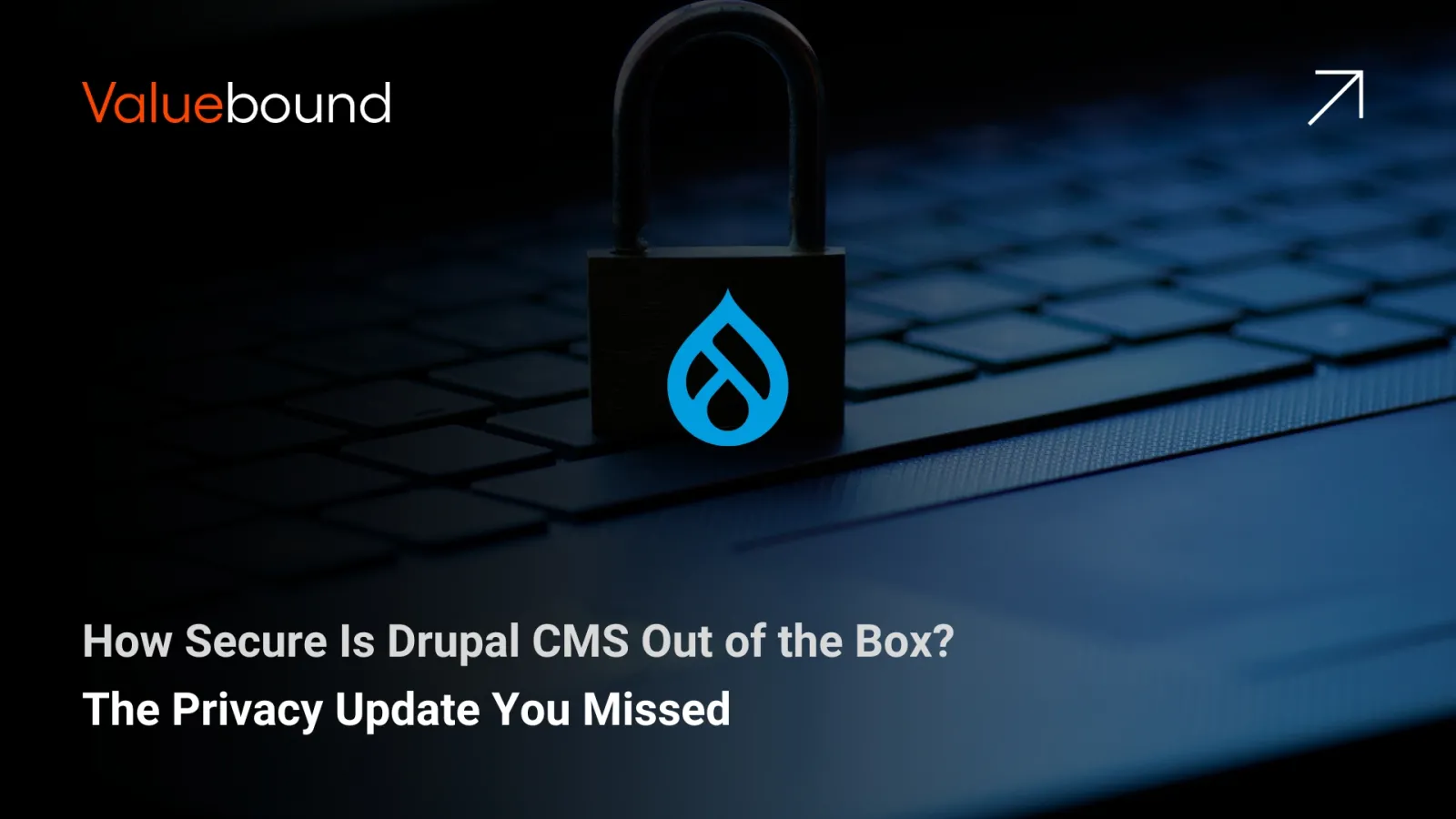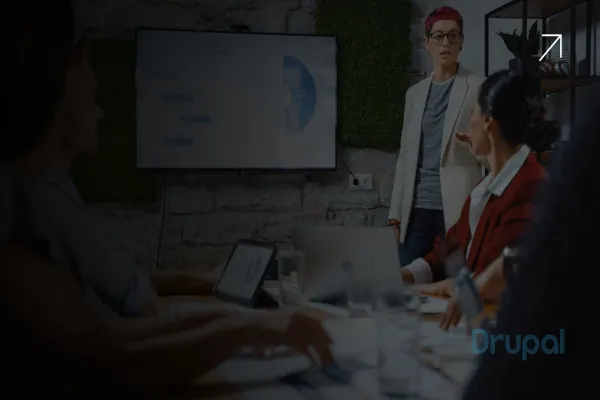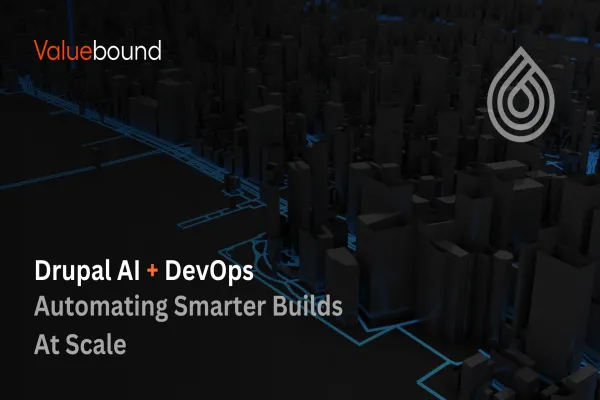In a digital era shaped by AI, consent policies, and rising user expectations, content management systems are under pressure. They’re no longer just tools—they’re ecosystems. The security posture of any CMS today is as important as its features. That’s where Drupal CMS stands apart—not just as a builder of experiences, but as a protector of them.
At DrupalCon Atlanta 2025, Dries Buytaert, the founder of Drupal, didn’t mince words: “Some of the features in Drupal CMS, like the privacy and the consent management capability—they’re not just good for Drupal, they’re actually good for the web. For everyone” . And that message resonates more now than ever before.
So how secure is Drupal out of the box? The short answer: remarkably. The long answer? It’s about architecture, community, governance, and relentless innovation.
Why Privacy Now? The Answer Lies in Architecture
Security isn’t just a Drupal feature—it’s a philosophy. Unlike many CMS platforms that treat security as an extension, Drupal bakes it into its very core. From its flexible user permissions system to its granular access controls, Drupal CMS is designed to prevent misuse before it starts.
When the new Drupal CMS was launched as part of the Starshot initiative, it introduced a layered strategy focused on making websites easier to build and maintain, while prioritizing user safety. Privacy wasn’t an afterthought—it was fundamental.
Drupal’s architecture allows organizations to enforce GDPR, CCPA, and any region-specific compliance from day one. And with the addition of modern consent management tools, sites built with Drupal CMS now come equipped to handle complex privacy workflows—out of the box.
The Privacy Update You Missed—And Why It Matters
One of the most significant yet underreported enhancements in Drupal CMS is its new native consent management feature. During his keynote, Dries emphasized the role of these updates in fortifying the open web. These aren’t just cookie banners. They’re modular, auditable, and designed for real-world legal compliance.
This system isn’t limited to front-end interactions. It integrates deeply with how user data is stored, anonymized, and shared within Drupal. And because it’s powered by contributed modules that follow strict security guidelines, it offers flexibility without risk.
These updates also mark a philosophical shift. Drupal is not only adopting industry standards—it’s setting them. When competitors like Optimizely issue AI privacy updates after watching what Drupal is doing, it’s a clear signal that this community isn’t following trends. It’s leading them.
A Culture of Security-First Innovation
The Drupal Security Team is one of the strongest in open source. With a formal disclosure policy, regular audits, and a 24/7 incident response approach, the team sets the bar for how vulnerabilities are handled. And because Drupal powers high-security environments—governments, financial institutions, and healthcare platforms—it has been hardened over decades.
But what truly distinguishes Drupal is its proactive stance. During the CMS reboot, the leadership didn’t just patch existing issues—they reimagined how privacy could be approached at scale.
New security-focused features include:
- Secure recipe deployment using verified sources.
- AI-driven role-based access suggestions (currently in testing).
- Enhanced API throttling and logging to prevent misuse in decoupled setups.
Every line of code is peer-reviewed. Every release is community-backed. And every decision reflects a shared mission: to build tools that put users first.
What About AI in Drupal? A Double-Edged Sword
The explosion of AI in Drupal is transformative—but it comes with responsibilities.
AI in Drupal is not just about smart content suggestions or automated workflows. It’s also about data. The AI recipes being developed as part of the CMS roadmap rely on structured inputs and intelligent orchestration, which means sensitive data might pass through these pipelines. That’s why every AI recipe is built with security top of mind.
At DrupalCon Atlanta, the team demoed AI-driven tools that could rewrite content, auto-structure menus, and recommend layouts—all while respecting user consent and data ownership. Dries called it a “whole new dimension of what’s possible with Drupal”.
And here’s where the architecture matters again: these tools don’t bypass security—they reinforce it. Every AI action is logged. Every dataset can be isolated. Developers can sandbox AI behaviors in a way that aligns with both performance goals and compliance mandates.
This commitment to AI governance is what makes Drupal AI a benchmark in responsible innovation. And as AI in Drupal continues to grow, it’s setting a precedent other CMSs are racing to catch up with.
Drupal CMS vs. the Status Quo
Let’s be clear: there are other platforms that claim they’re secure. But many of them rely on third-party plugins, opaque update cycles, or proprietary service contracts that add cost and risk.
Drupal, by contrast, is open, auditable, and community-owned.
Security patches are released predictably. Modules go through rigorous vetting. And the new download experience—including the experimental desktop installer—makes it easier than ever to spin up a secure local copy for audit or review.
If the open web is to survive, it needs tools like this. As Dries said, “If we don't evolve, we'll die. But I'm not convinced these new CMSs have the same passion for open source and the open web as we have”.
This passion is what makes Drupal different. Not just better.
What’s Next for Drupal Security?
The road ahead is focused, intentional, and transparent. Key security-focused milestones on the 2025 roadmap include:
- Continued rollout of Experience Builder with field-level access control.
- Improved AI governance tools, including opt-in datasets for content prediction.
- Expansion of privacy consent APIs to allow multisite inheritance.
And crucially, these updates are being developed in the open. With thousands of contributors, global meetups, and dedicated teams maintaining every layer of the stack, Drupal’s community isn’t just responding to threats—it’s building future-proof defenses before most platforms recognize the need.
Final Thoughts
Drupal CMS isn’t just secure out of the box—it’s designed to evolve with the threat landscape. And that matters in a world where trust is currency.
The privacy update you missed? It wasn’t a flashy banner or a buried toggle. It was a fundamental shift in how CMS platforms can—and should—treat data, users, and ethics. Drupal didn’t just add consent management. It redefined what it means to build responsibly.
Security isn’t a product. It’s a practice. And with AI in Drupal becoming smarter by the sprint, that practice is becoming Drupal’s strongest feature.





